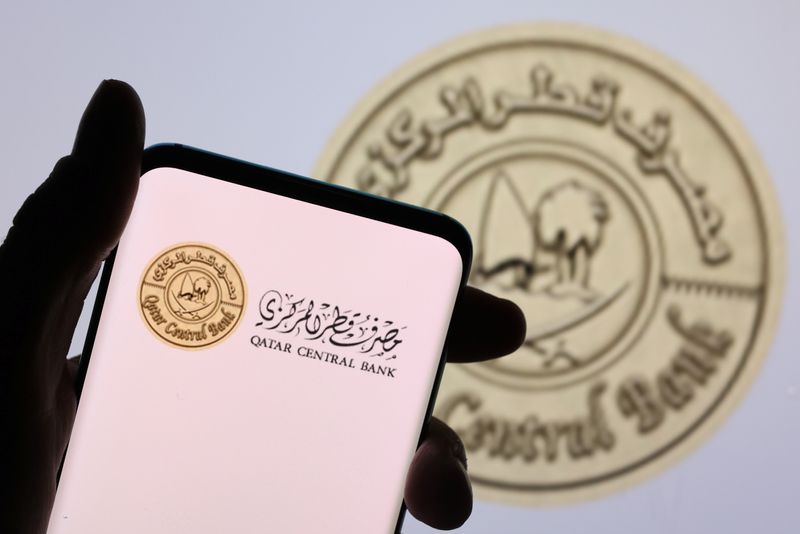By Yomna Ehab and Jaidaa Taha
DUBAI/CAIRO (Reuters) - Most Gulf central banks cut their key interest rates on Wednesday after the Federal Reserve decreased U.S. rates by half a percentage point, citing 'greater confidence' on inflation.
The Fed cut its rate by 50 basis points (bps) on Wednesday with policymakers seeing the benchmark rate falling by another half a percentage point by the end of this year.
The Gulf region's oil and gas exporters tend to follow the Fed's lead on rate moves as most regional currencies are pegged to the U.S. dollar; only the Kuwaiti dinar is pegged to a basket of currencies, which includes the dollar.
But regional economies have been largely shielded from stubbornly high inflation elsewhere, and have implemented ambitious plans to diversify revenue sources and boost non-oil growth.
Saudi Arabia, the region's biggest economy, cut its repurchase agreement (Repo) rate and reverse repo rate by 50 bps each to 5.5% and 5.0% respectively, according to a central bank statement.
The United Arab Emirates' central bank also reduced its base rate on the overnight deposit facility by half a percentage point to 4.90%.
"A Fed rate cut signals a favourable environment for the Gulf’s long-term investment and economic diversification objectives," said Damian Hitchen, CEO of Saxo Bank for the Middle East and North Africa.
"With lower borrowing costs, investments in non-oil sectors, such as tourism, renewable energy, and technology, become more attractive, aligning with the region’s strategic goals to reduce reliance on oil," he added.
Qatar's central bank cut three key rates by 55 bps each, while Bahrain cut the overnight deposit rate by 50 bps. Kuwait reduced its discount rate by a quarter percentage point to 4% from 4.25%.
A Reuters poll in July showed that inflation in the region was expected to average between 1.0% and 3.0% in 2024.
